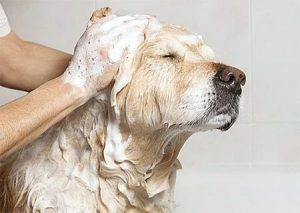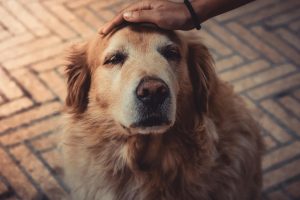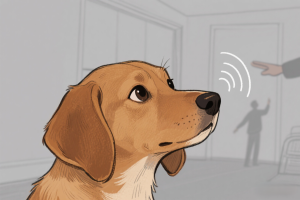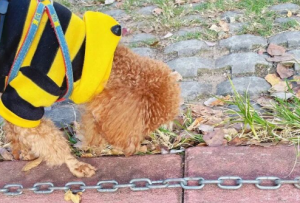During the cold winter months, whether dogs need a bath and how often they should be bathed has become a key concern for many pet parents.
-
Do Dogs Need Baths in Winter?
Let’s start with the conclusion: yes, you can bathe your dog during winter, mainly to control odor. From a dog’s own perspective, winter baths aren’t really necessary.So why does the author still recommend it? Mostly for the owner’s comfort. These days, most pets live indoors, and an unwashed dog can smell unpleasant after an entire winter.More importantly, many households have children or female family members who love to cuddle and kiss their pups. Bathing your dog regularly is simply healthier—especially since winter is the peak season for infectious diseases.
-
How Often Should You Bathe Your Dog in Winter?
How frequently is ideal? Compared to warmer months, bath frequency should be significantly reduced.If your dog spends most of its time indoors and stays relatively clean, once a month is usually enough.Some people say every 15–20 days is fine, but the author doesn’t recommend it, for two key reasons:① Risk of skin problems:A dog’s skin naturally produces protective oils that prevent dryness and infection. Bathing too often—especially in dry winter air—can strip this natural barrier, causing itching, flaking, or even skin disease.② Risk of catching a cold:Frequent winter baths make it easier for your dog to catch a chill or cold.

-
Six Key Tips for Winter Dog Baths
When bathing your dog in cold weather, keep these six important tips in mind:① Maintain the right temperature.Turn on a bathroom heater or warm-air unit first, raising the room to around 25–28 °C (77–82 °F) for comfort.Water temperature should be 35–37 °C (95–99 °F)—not hotter, to avoid burns or creating a negative bath experience.② Keep baths short.Limit each bath to 15–20 minutes to avoid stress and prevent issues like reduced blood flow or oxygen levels.③ Use pet-safe shampoo only.Never use human body wash or shampoo. Human products disrupt a dog’s natural pH balance and can irritate their skin.Choose a pet-specific shampoo designed for a dog’s unique skin needs.④ Dry thoroughly afterward.Gently towel-dry first, then use a blow dryer on a low setting to fully remove moisture.Avoid high heat or strong airflow, which can chill your dog or damage fur.⑤ Avoid outdoor walks right after.Skip outdoor activities immediately after a bath—especially in colder climates—to prevent sudden temperature shock.⑥ Respect your dog’s comfort level.Many dogs dislike or even fear baths. Remember, not every pup loves water, so stay calm and patient to create a positive experience.
If your dog enjoys taking a bath, that’s naturally the best situation.Even if your pup shows a little resistance at first but then settles down and follows your lead, it can still be considered as giving consent to the bath.However, if your dog strongly resists—struggling in your arms or trying to escape—it clearly means “no.”In that case, skip the bath rather than forcing it.Forcing a bath can create lasting psychological stress for your dog or even result in accidental scratches and bites.As long as you remember the six key winter-bathing tips mentioned above, you can confidently and safely bathe your dog—even during the coldest months of the year.





